The body surface of Annelids are segmented and distinctly marked out into segments or metameres and, hence, the phylum name Annelida (Latin, annulus : little ring)
Habitat: Annelids can be free-living or parasitic. They occupy both aquatic (marine or freshwater) and terrestrial habitats.
Examples:
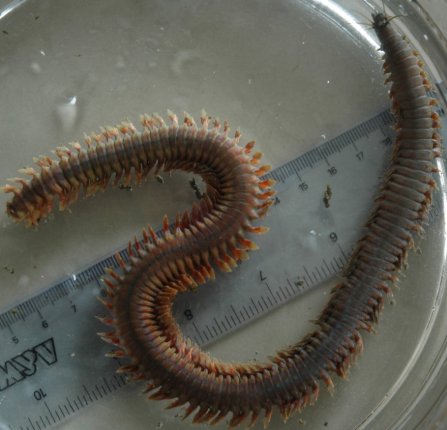
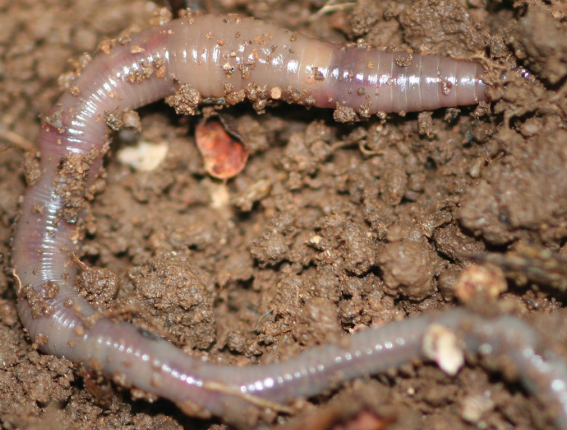
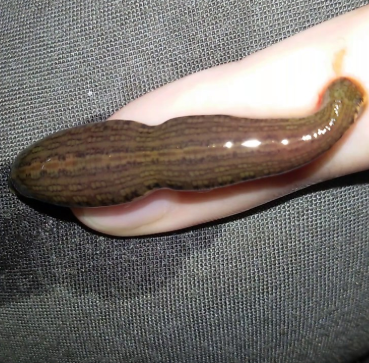
Nereis Pheretima (Earthworm) Hirudinaria (Blood sucking leech).
Body plan: The members have a tube-within-tube body plan and organ-system level of organization.
Symmetry: They are bilaterally symmetrical.
Germ layer: Annelids are eucoelomate and triploblastic organisms.
Body characteristics:
- Body shows characteristic metameric segmentation.
- The body walls possess circular and longitudinal muscles. The alternate contraction and relaxation of these muscles help in their movement.
- Locomotory organs are paired lateral appendages known as chetae or setae.
- In aquatic annelids like Nereis, lateral appendages called parapodia help in swimming.
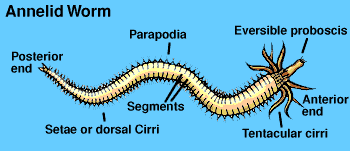
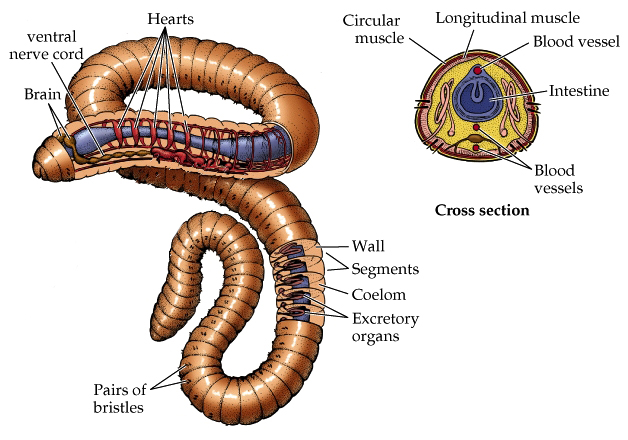
Physiology:
- Body plasma contains haemoglobin. The circulatory system is of open type.
- Respiration is cutaneous, and the skin is kept moist and vascularised.
- Digestion is extracellular. Excretory organ is nephridia. It also helps in osmoregulation.
- Nervous system consists of a dorsal brain and a paired ganglion which is connected by nerves to a double ventral nerve cord.
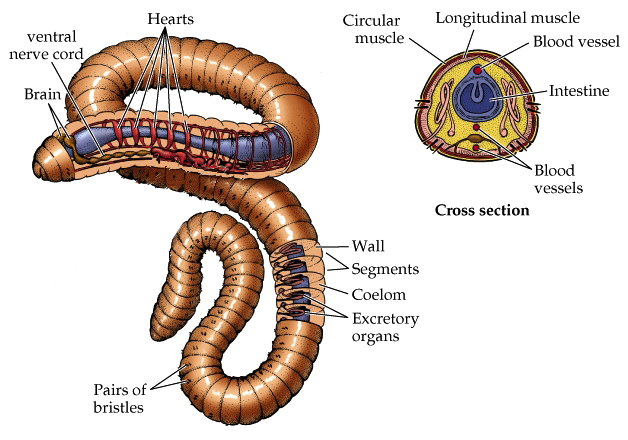
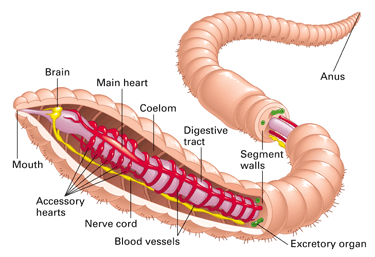
Reproduction: Most annelids are hermaphrodites, except Polychaeta members (eg. Nereis). Hence, reproduction is by sexual means.
Embryo Development: The development is indirect.